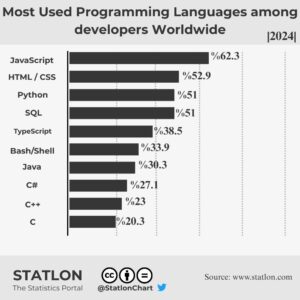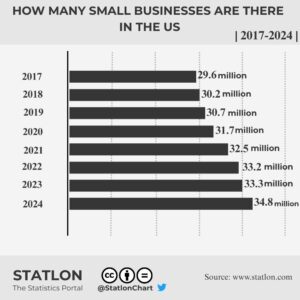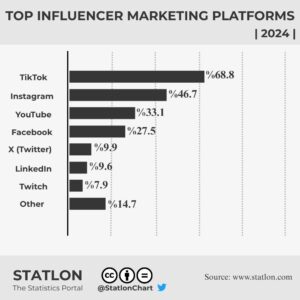- Technical Analysis
- Definition: A method of evaluating financial assets (such as stocks, forex, or crypto) by analyzing price charts, historical data, and trading volumes.
- Key Idea: “Price reflects everything.” Market psychology and patterns repeat, so studying charts can help predict future movements.
- Tools & Indicators:
- Moving Averages (MA)
- Relative Strength Index (RSI)
- MACD (Moving Average Convergence Divergence)
- Support & Resistance levels
- Chart patterns (Head & Shoulders, Triangles, Double Tops/Bottoms, etc.)
- Fundamental Analysis
- Definition: A method of evaluating the intrinsic (true) value of an asset by analyzing economic, financial, and qualitative factors.
- Key Idea: Long-term value comes from the fundamentals of a company, currency, or economy.
- Factors Considered:
- Company financial statements (revenue, profit, debt, cash flow)
- Industry conditions
- Economic indicators (GDP growth, interest rates, inflation)
- News, geopolitical events, management quality
Available instantly.
➔Click to buy and download the e-book now.
- Risk Management
- Definition: The process of identifying, assessing, and minimizing financial risks in trading or investing.
- Key Idea: Protecting capital is more important than maximizing profit. “Survive first, profit later.”
- Methods & Tools:
- Stop-loss orders (automatically selling to prevent large losses)
- Position sizing (investing only a portion of capital per trade)
- Diversification (spreading investments across assets/sectors)
- Risk-to-Reward ratio (ensuring potential profit outweighs potential loss)
- Hedging strategies
In short:
- Technical Analysis = focuses on price patterns & charts (short-term).
- Fundamental Analysis = focuses on intrinsic value & economics (long-term).
- Risk Management = ensures capital protection & controlled exposure.








Comments are closed.